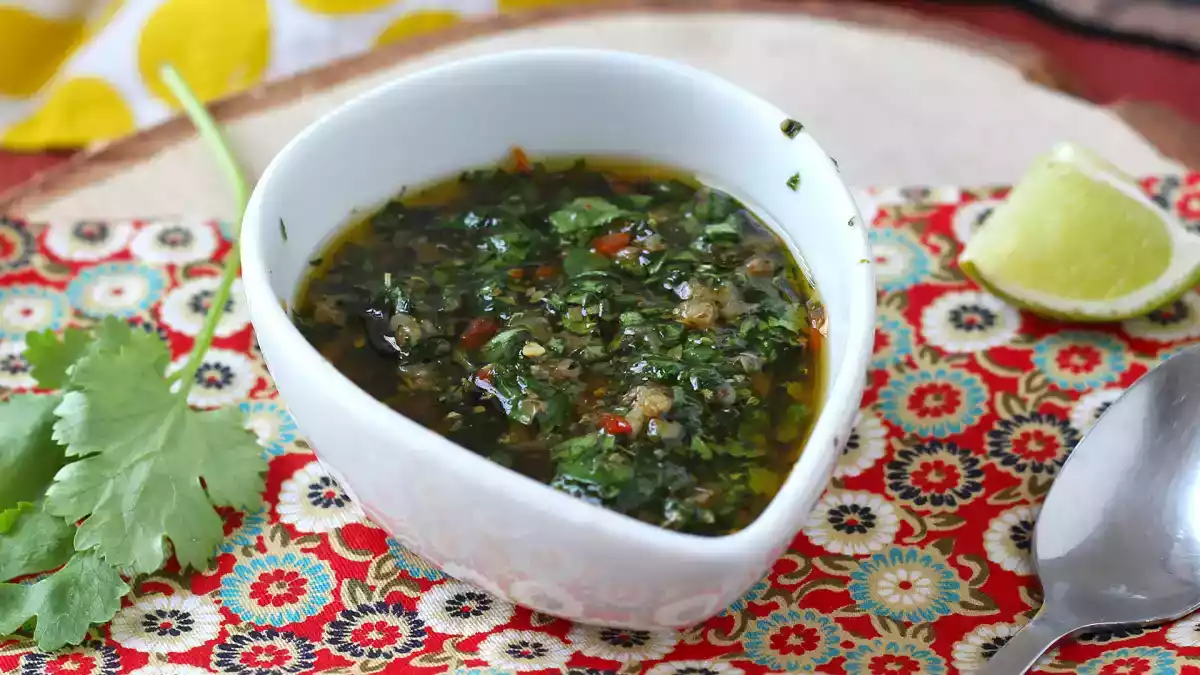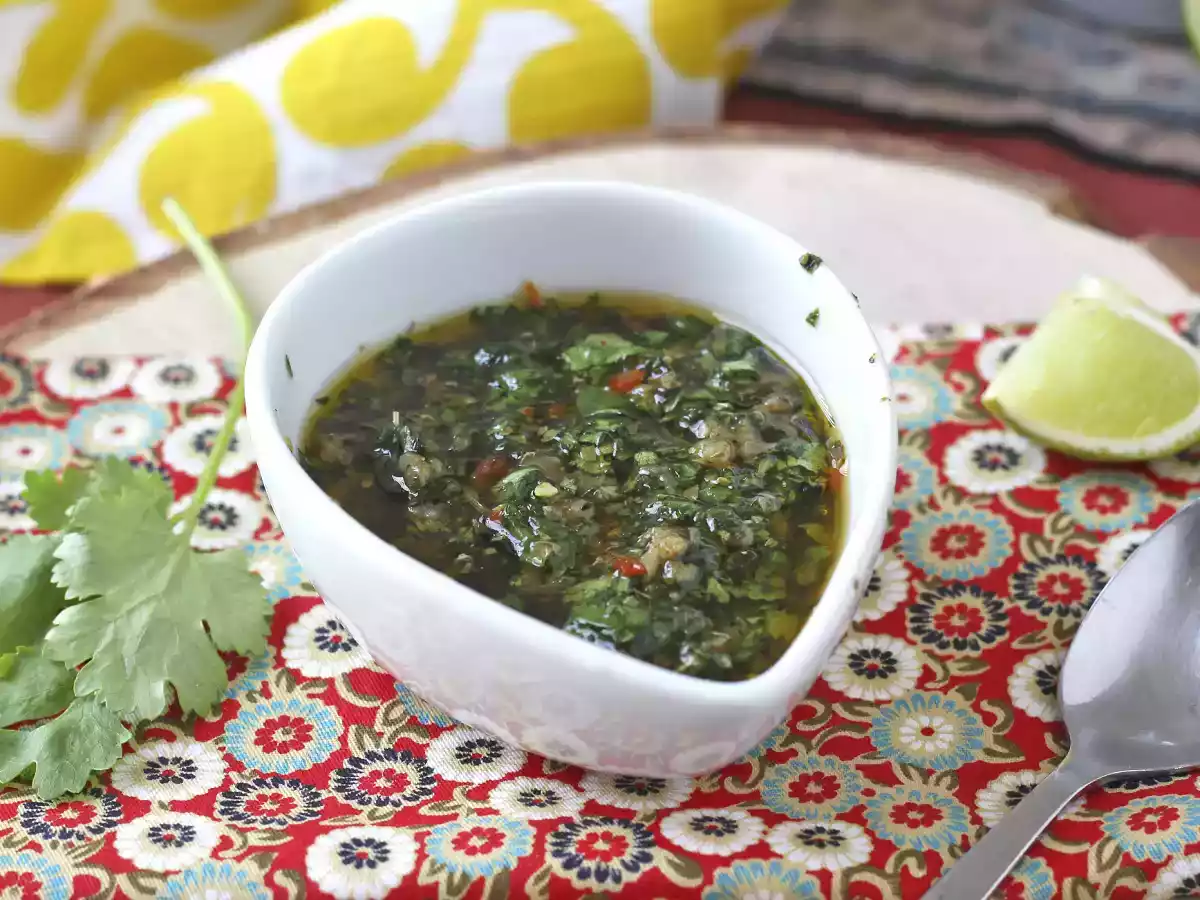Don't make these 9 (very) common mistakes when making chimichurri sauce

There are few sauces with as much personality as chimichurri. Just a few humble ingredients, parsley, garlic, oil, vinegar and oregano, are enough to create a vibrant and unmistakable sauce. This Argentinian-born mixture has crossed borders and today dresses meats halfway around the world. But such popularity comes at a price: the more it spreads, the more its traditional recipe becomes blurred. Like everything apparently simple, chimichurri has its unwritten rules. It is not a matter of following a rigid formula: each house has its own. But even the freest version appreciates a certain culinary logic, a harmony between rusticity and balance. That is why it is worthwhile to dwell on the most common mistakes, those that, without seeming serious, mismatch the whole and detract from its authenticity.
Use dried parsley (or worse, powdered parsley).
Let's start with the basics: chimichurri is made with fresh parsley. And fresh does not mean that wilted bunch forgotten at the bottom of the vegetable drawer. We are talking about firm, green, flat leaves -never curly-, well washed and dried with care. Dried is simply no good: it has an earthy texture and a dull flavor.
Overdoing vinegar as if it were a marinade
Acid is essential, but should not be imposed. One of the most common mistakes is to unbalance the sauce with too much vinegar. The result: a sharp mixture that sweeps everything away. The reasonable proportion: three parts oil to one part vinegar. And even so, it is advisable to taste and adjust at the end.
Add onion, coriander or sweet paprika and keep calling it chimichurri.
Yes, cooking allows for license. But not every invention is an improvement. Adding raw onion (too invasive), coriander (more typical of a green mojo) or sweet paprika (which clouds the color and profile) radically changes the character of chimichurri. It turns it into something else. And that's okay. But let's call it by another name.
Not letting it sit (and pretending it works)
Chimichurri is a sauce of rest, not immediacy. It needs hours for the flavors to blend and mellow. The raw garlic, the vinegar, the herbs... all need time to "talk" to each other. Preparing it at the time of roasting is like serving an infusion without letting it rest: the ingredients have not had time to macerate or harmonize.
Do not remove the garlic germ
A tiny gesture that makes a difference. That little central sprout that garlic has (especially if it has already begun to germinate) adds bitterness and can be indigestible. Removing it before chopping the garlic is a simple precaution that your stomach, and that of your guests, will appreciate.
Choosing an oil with too much personality
Extra virgin olive oil is noble, yes, but in this case, it is better to use a mild, even neutral one. If you use a very green arbequina or a robust picual, it can completely overshadow the rest.
Chop in blender or food processor (until pureed).
There is an ideal texture for chimichurri: irregular but well bound. The leaves should be finely chopped, not liquefied. Using a food processor usually produces a pasty and opaque result. It is better to use a knife and with patience, as tradition dictates.
Do not taste before serving
As obvious as it is essential. No matter how many times you have done it: each vinegar is different, each garlic has its strength. Taste, adjust, correct and refine until you find the right point.
Use it only for roasting
This is not a technical error, but an unnecessary limitation. Chimichurri can liven up a baked potato, a burrata, a toast with egg or even a legume salad. Having a jar in the fridge and using it beyond the ribs is simply taking advantage of a sauce capable of giving character to even the simplest dish.
How about you?
Do you have your own chimichurri recipe? Do you add your own secret touch or do you prefer to stick to the classic version? Have any of these mistakes happened to you (and you confess it)? Tell us: how do you prepare it? We'll read you in the comments. Because, in the end, every chimichurri has a story... and we want to know yours.
 Patricia González
Patricia González
Comments
Aarón Sánchez
What a pretentious take on cooking… especially with latin food… sad